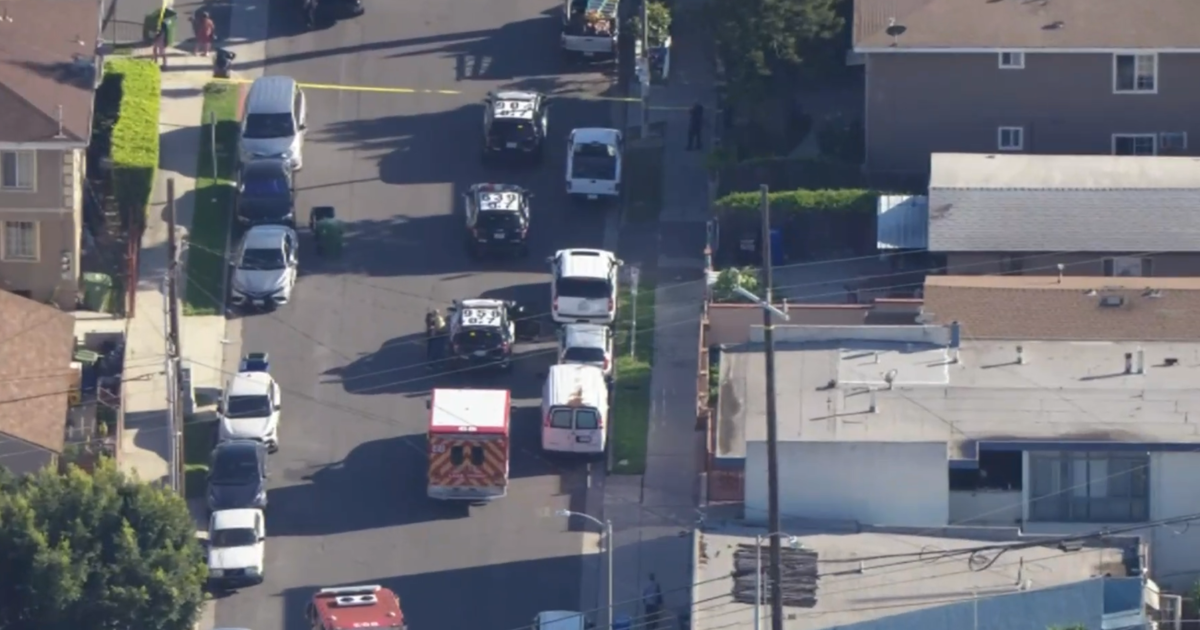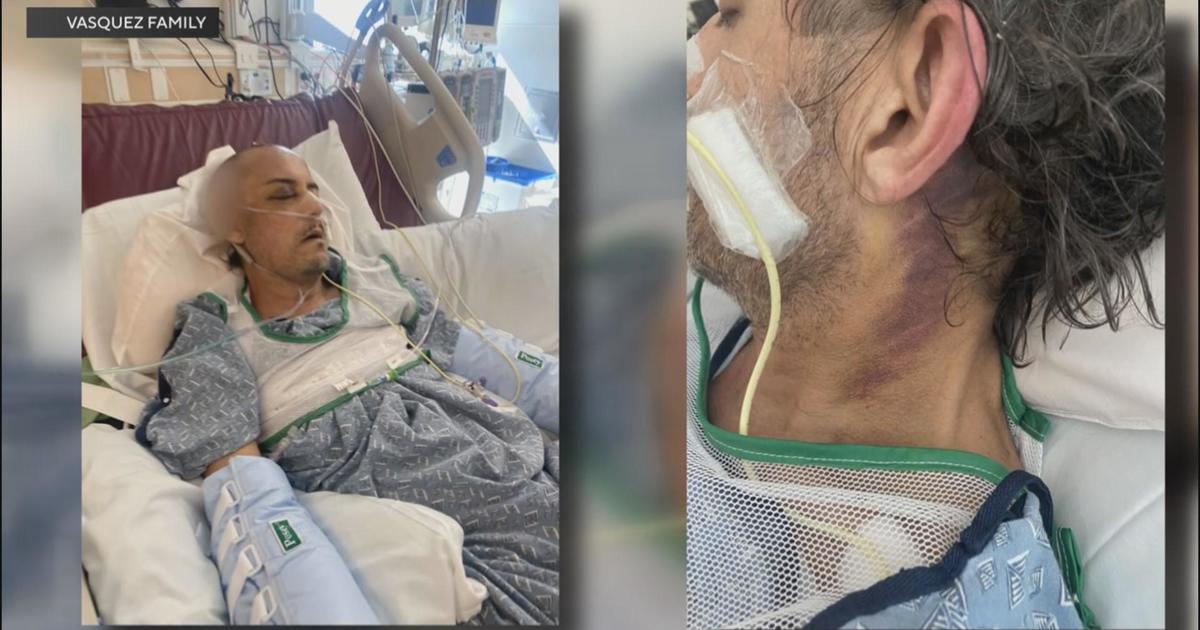Stem Cell Injection May Reverse Vision Loss
Fresh Hope
By way of background, more than 15 million people suffer with AMRD, the leading cause of partial vision loss in people over the age of 50 and a disease in which there is no cure. Now, according to the National Eye Institute of the National Institutes of Health, stem cell injection therapy gives new hope for this once nearly hopeless situation, possibly restoring quality of life issues as well as increasing the ability to carry out normal daily activities.
Indeed, a one-time stem cell injection could make a huge impact on vision. This treatment could protect the eye for a prolonged period of time, and without the need for other medication intake. The result can also eventually lead to lower costs among patients.
Educated Caregivers
As of this writing, these injections are not the norm, so adults suffering from AMRD require other treatment options and specific home care from caregivers who are well versed in vision loss. In turn, their valuable education will assist in enabling patients through important methods of coping with the condition. Treatment also can come from vision devices that are able to aid certain patients in their daily activities.
These vision assistance devices include high-powered lens reading classes, handheld magnifiers, large-print books and reading materials, to name just a few. An excellent support team that can make a world of difference consists of the person afflicted, his or her main eye care professional, and an optometrist who specializes in low vision.
Meanwhile, additional support caregivers include occupational therapists, orientation and mobility specialists, certified low vision therapists, counselors, and even social workers. These professionals are able to help with navigating regular activities.
Redefining Diet
Certain changes can also be made through diet to help protect against and even slow the effects of ARMD. This means eating food rich in green, leafy vegetables and fish as well as consuming dishes or substitutes containing certain vitamins, such s vitamin C, vitamin E, beta-carotene, zinc and copper.
Preventing Further Damage
Protective sunglasses can also help prevent further damage to the sensitive tissues of the eye. So can avoiding smoking, exercising regularly and keeping cholesterol and blood pressure at normal levels.
Additionally, aging adults should sign up to receive regular eye checkups as part of their overall healthcare schemes. Indeed, several eye exams can detect this disease and possibly even before any symptoms occur. These tests include visual acuity test, dilated eye exams, the Amsler grid, a fluorescein angiogram, and optical coherence tomography.
Until the afflicted population is able to utilize the exciting new stem cell injection therapy available for ARMD, plenty of steps are available in order to protect against this wide spread disease or, at the very least, slow its progression. To be sure, this fresh kind of therapy is bound to offer new hope by establishing a new way of seeing, a vibrant vision if ever there was one.



